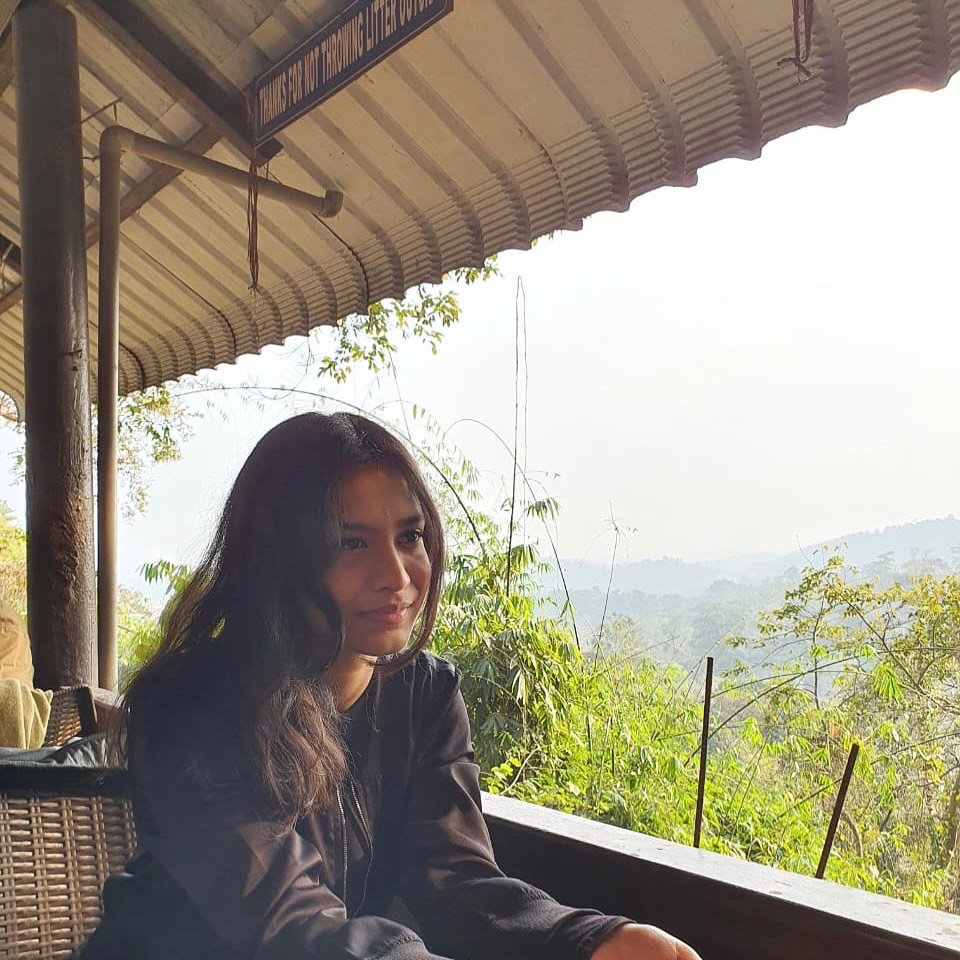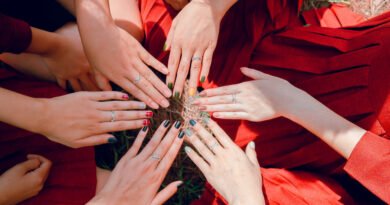Evolution of Fashion
Evolution of Fashion
Soni Bhattarai
Fashion is a way of expressing oneself through the medium of clothes, footwears, accessories,
etc. It is personal, yet is able to sway the current norms in a particular time and place for
masses. What was considered to be silly once, can be a fashion statement years later. There is
no ‘good’ or ‘bad’ fashion as it is highly subjective. People tend to look good when their clothes
match their personality and a person’s personality can evolve through time much like their
sense of dressing. When early humans started wearing clothes made of fur, leather or plants,
that they draped or wrapped around their bodies- they gave birth to fashion. However, in the
technical term, fashion is said to have evolved in the 19th Century when Charles Frederick
Worth started labelling the garments he had seen.
Fashion is influenced by a number of factors- people’s mindset, ideologies, their
surroundings, climate, politics, economy, etc. India, being a home to thousands of cultures,
always had a wide spectrum of fashion. In conservative societies modernisation is seen as a big
threat but these societies forget that fashion changes with people and nobody should wear
anything they do not match their vibes with. However, it does not mean that being fashionable
means wearing western clothes. The earliest civilisation, the Indus Valley Civilisation, gave hints
of the women draping an embroidered skirt with jewellery. Different kingdoms all over the world
noticed the common factor of the rich wearing silk- ball gowns for the Europeans, blouses and a
long skirt with another piece to cover the heads for most of the South- Asians, long flowing
robes with loose sleeves for the Asians, etc. The change from kingdoms to Governments saw a
change in fashion when the people started wearing simpler clothes with little or no jewellery.
Due to the Western influence, countries started leaning to modern fashion which, at that time,
consisted of jeans, trousers, skirts, etc. However, due to religious differences, in countries like
Saudi Arabia, the people still have to follow the rule of wearing a Burqa which has also been
subjected to a lot of customisation by people like adding diamonds to their Burqas.
The 1980s and 90s are said to be the actual origin of fashion as fashion started becoming
more and more personal. Modernisation was accepted as it was more comfortable to wear for
everyday use. But even now, in many parts of India wearing jeans or t-shirts is seen as a taboo
as it is said to reveal too much for a woman but when it comes to men from those same places
wearing shorts or jeans, then they can. This shows the double- standards these societies have
when it comes to women. The 21st century saw a huge impact of celebrities in the ways people
wear clothes along with brand names and fusion of old traditions with the modern ones. People
have started becoming more and more bold with their choices of clothing and this proves that
more people have started being able to not care about how others will perceive them.
Hence, people are very welcoming to change in fashion and change leads to evolutionnot
only as individuals but also as a society. The change does not include forgetting the past
and individuals are more eager than ever to respect their heritage and culture especially through
the medium of fashion. Fashion is not stagnant and is not a one-time approach, it is a cycle
which keeps on repeating and getting better with different personal approaches. In the present
scenario, people can dress up in ball gowns or jeans or sarees and it would not be a big deal what
is important is expressing oneself and being comfortable in your own skin. Fashion
provides an opportunity for the people to be individualistic, even when they are standing amidst
a crowd.

Soni Bhattarai is a first-year BA, LLB (Hons.) student of National Law University and Judicial Academy, Assam. She is also a member of the National Service Scheme’s Intellectual Cell of her college which aims in providing service to the community. Apart from writing poems and articles, she also has a passion for dance- of all forms- but especially Bharat Natyam and she also holds a diploma in it.




